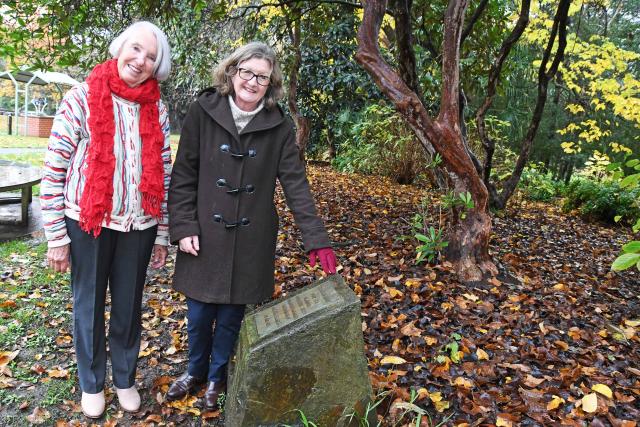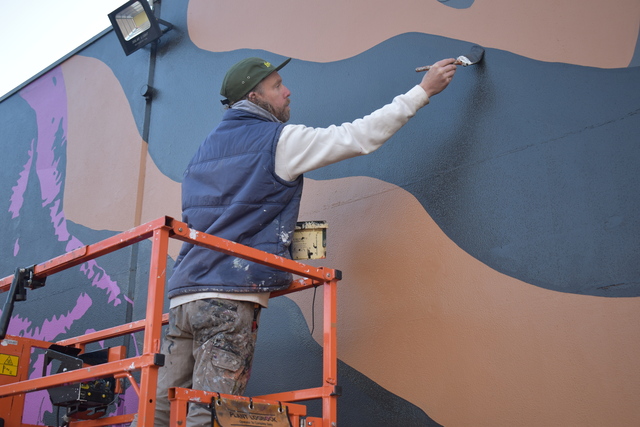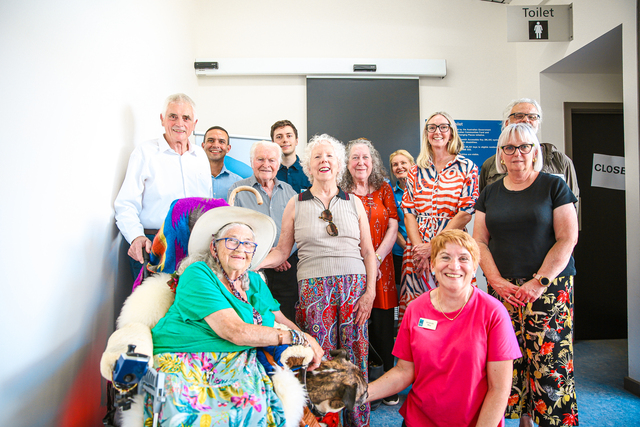The celebration of Queen Elizabeth’s 70th Platinum Jubilee is an affair filled with much pomp and ceremony on the other side of the world in England.
Although there hasn’t been much of a celebration here in Australia this year, there certainly was many years ago when the Queen was first coroneted in 1953 – something that was marked in Healesville by the unveiling of a new garden.
A plaque still remains in Queen’s Garden and some established plants from the original display still survive.
The area that was dubbed ‘Coronation Corner’ is in front of the Graceburn. The plaque can be seen near the 2009 Bushfire memorial art seat.
It reads:
“CORONATION CORNER”
SPONSORED BY
HEALESVILLE
HORTICULTURAL SOCIETY
THIS GARDEN COMMEMORATES
THE CORONATION OF
H.M. QUEEN ELIZABETH II
2 ND JUNE 1953.
The idea for the garden and the delivery came from the Healesville Horticultural Society Club, one that dates back to the late 1800s. The club still continues today, albeit renamed to the Healesville Garden club.
Lynne Brayne has newly been appointed the president and said the garden looks very different to what it would have been as the microclimate has changed.
“Looking at it now, it would have been viewing entirely different… back when that was done with all the roses, but of course you couldn’t grow roses here now because it hasn’t got enough sun,” Ms Brayne said.
Helen Calvert, the vice president, has researched the garden and said the unveiling was a grand affair.
“They had a procession of schoolchildren who all met from St Brigids, Chum Creek, Badger Creek and Healesville met up near church street… then they walked all the way down here to the ceremony to unveil this,” Ms Calvert said.
Some original rodededrums remain, with the 70 year old trees towering over the area – the planted roses and azaleas that marked out the past scenerey have all gone.
The flooding of the graceburn may be a factor in this, which was noted back in the 50s when the plans were being created.
“I think it’s also lovely to think that people did something to commemorate it and that it’s still here,” she said.
The idea for the garden first came after Mr D. Chandler of Belgrave visited the society in 1952 for the group’s monthly meeting to discuss rhododendrons, commenting that the local conditions were ideal for the tree.
It’s one of the many local gardens that the long running club has been a part of.
“It had 40 members at that time [1952], and other times there were hundreds of members and you get a lot of people and start with a small donation and then you’ve got the funds and the ability to do a lot more things,” Ms Calvert said.
The club has halted meetings during the winter period but hopes that new members would be eager to join when the spring season brings them back together again.
“They used to do lots of things like have talks and people come in talking about pruning roses or best way to manure – that’s the sort of thing we will look at as well, getting more general interest for people who like their gardens and things like that.”










